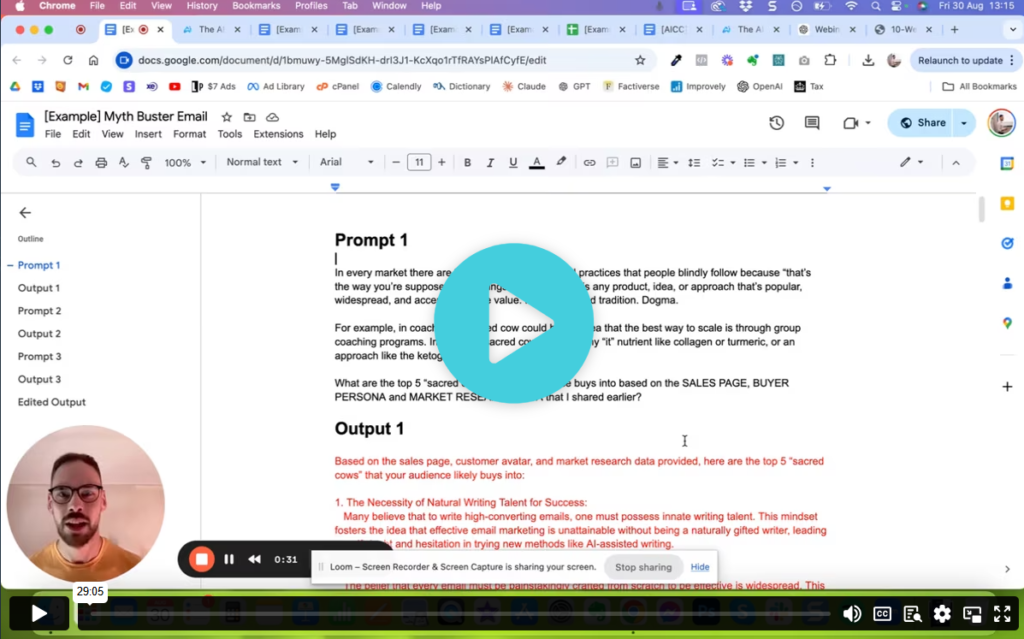In today’s digital landscape, email remains one of the most effective marketing tools. However, with its popularity comes a growing threat of cyberattacks. Marketers must prioritize email security to protect sensitive data and maintain their reputation. This article will outline the best practices for securing your email marketing strategy.
Use Strong, Unique Passwords
The foundation of email security starts with strong passwords. A weak password is an open invitation to hackers. Ensure that passwords are unique, at least 12 characters long, and include a mix of uppercase, lowercase, numbers, and symbols. Avoid using easily guessable information like birthdays or common phrases.
Enable Two-Factor Authentication (2FA)
Two-factor authentication adds an additional layer of security. By requiring a second form of verification, such as a code sent to your phone, 2FA significantly reduces the chances of unauthorized access to your email account.

Regularly Update Software
Cybercriminals exploit vulnerabilities in outdated software. To prevent this, ensure that your email platforms, antivirus software, and operating systems are always up-to-date. Regular updates provide essential patches for security flaws, keeping your systems more secure.
Encrypt Sensitive Emails
When dealing with sensitive information, encryption is crucial. Encryption scrambles the content of your emails, ensuring that only authorized recipients can read it. Use encrypted email services or encryption tools for added protection.
Be Cautious with Attachments and Links
Cybercriminals often use malicious attachments and links to spread malware or phishing attacks. Always verify the sender before opening any attachments or clicking on links. If something seems suspicious, avoid interacting with the email.

Train Employees on Email Security
Human error is one of the leading causes of security breaches. Regularly train your team on email security best practices, including recognizing phishing emails, using secure passwords, and avoiding suspicious links or attachments. Awareness is your first line of defense.
Implement Email Authentication Protocols
Authentication protocols like SPF, DKIM, and DMARC help ensure that emails are coming from trusted sources. These protocols protect your domain from being spoofed, preventing unauthorized users from sending fraudulent emails on your behalf.
Monitor Your Email Accounts for Suspicious Activity
Regularly monitoring your email accounts for unusual login attempts or unfamiliar devices is essential for identifying potential security breaches early. Many email providers offer alert systems that notify you when suspicious activity is detected.

Use Secure Wi-Fi Connections
Public Wi-Fi networks are often unencrypted, making them a hotbed for hackers. Always use a secure, encrypted network when accessing your email. If you’re on the go, consider using a VPN to secure your connection.
Backup Your Data Regularly
In the event of a cyberattack, having backups of your email data can be a lifesaver. Regularly backing up your emails ensures that you won’t lose valuable information if your account is compromised.
Conclusion
Email security should be a top priority for marketers. By implementing these best practices—strong passwords, two-factor authentication, software updates, encryption, and employee training—you can protect your email campaigns from potential threats. Prioritize security today to safeguard your marketing efforts and maintain your customers’ trust.

Swipe 18 of My Best Plug-And-Play AI Frameworks For Effortlessly Cranking Out High-Converting Emails… In Just A Few Clicks!
So You Can Turn Casual Readers Into Rabid Buyers And Raving Fans… Who Snap Up Virtually EVERY Offer You Put In Front Of Them!
